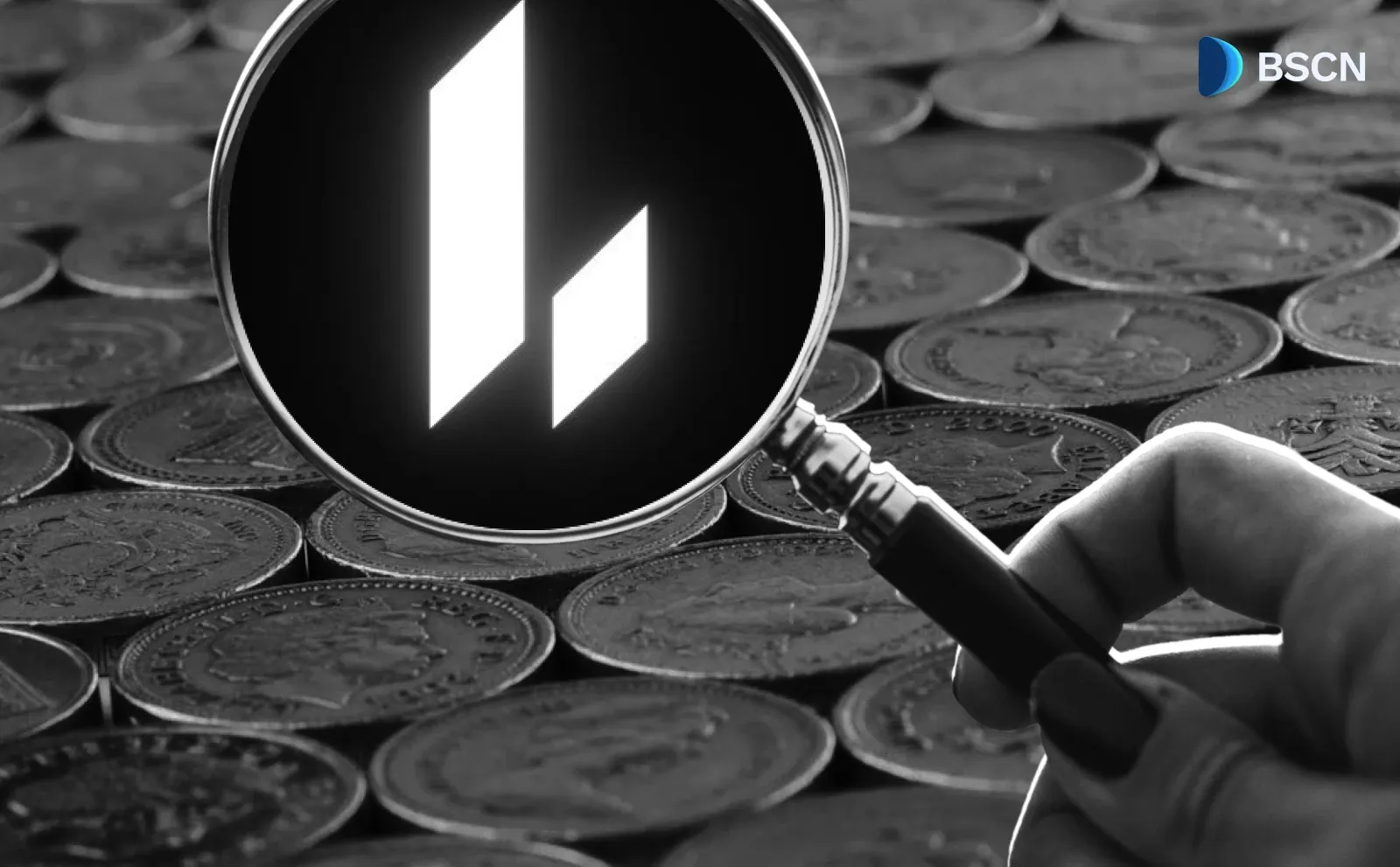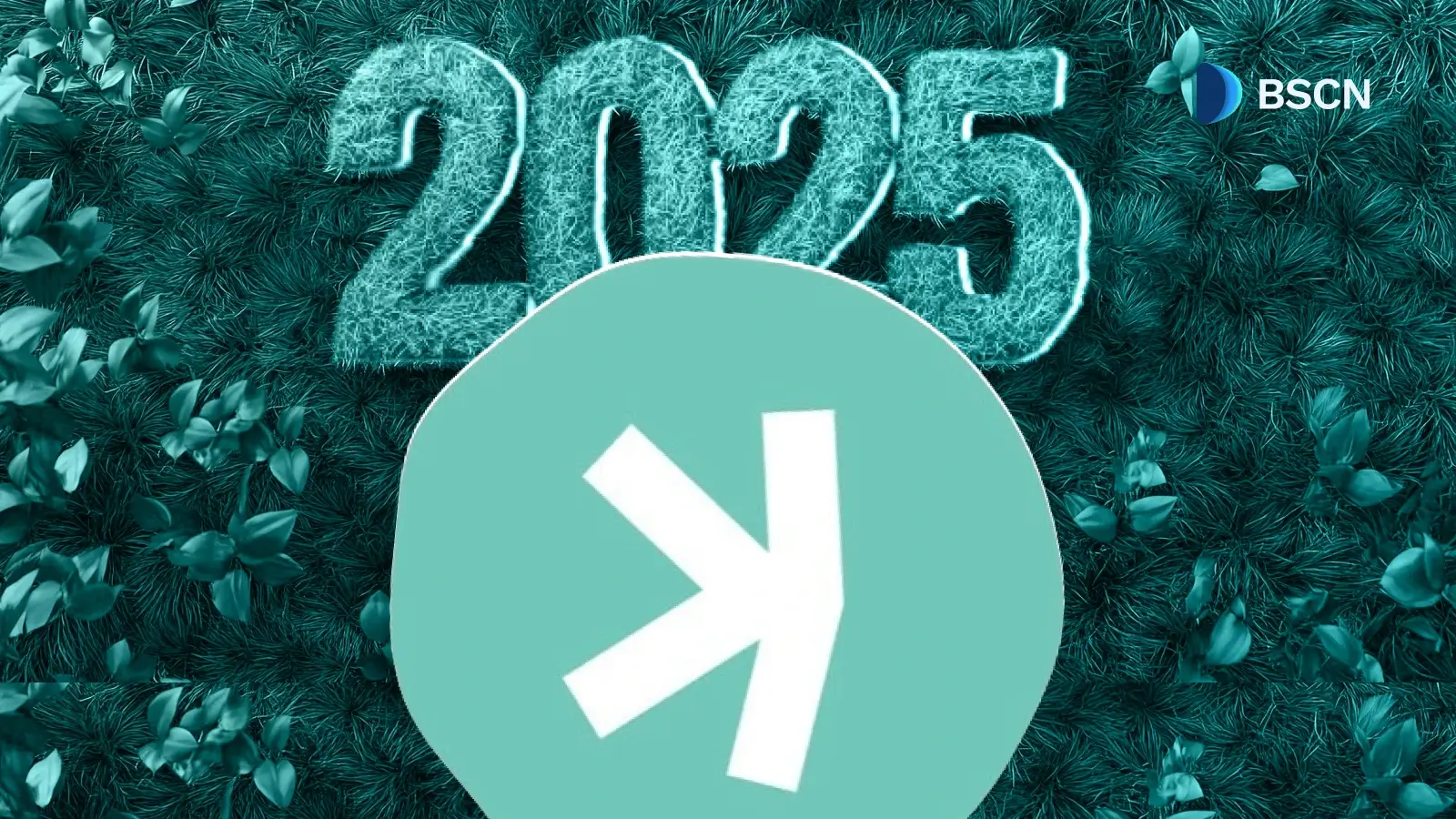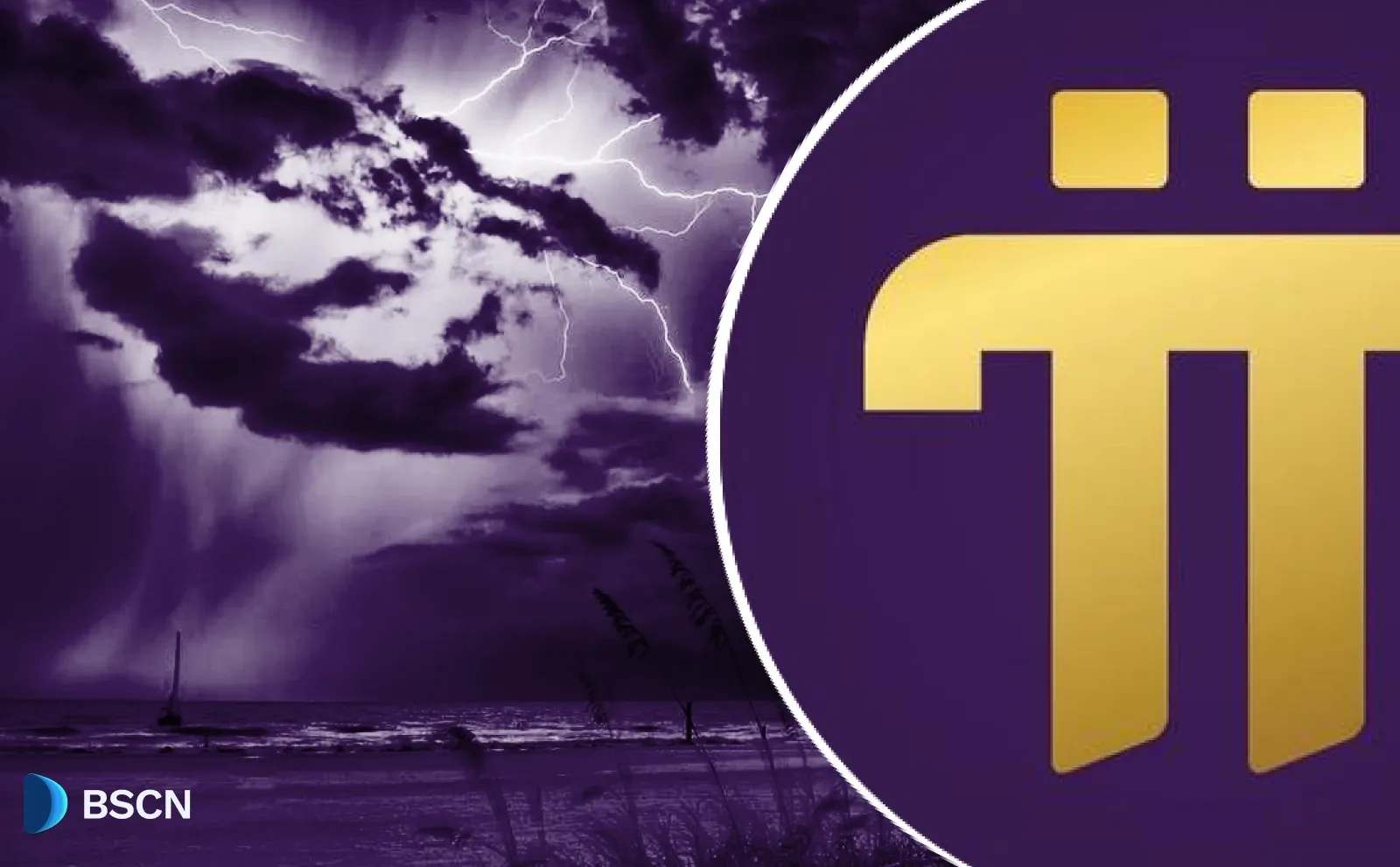Research
(Advertisement)
Pi Network Lockup Feature: Voluntary Option to Boost Mining Rates and Support Ecosystem Stability

Pi Network's lockup feature enables voluntary coin commitments to boost mining rates and ecosystem stability via pre- and post-migration setups.
UC Hope
August 4, 2025
(Advertisement)
Table of Contents
The Pi Network's lockup feature offers users a voluntary mechanism to commit portions of their Pi coins for set periods, thereby increasing their mining rates and aiming to enhance the stability of the network's ecosystem. Introduced as part of the project's structure, this option enables Pioneers to lock up coins either before or after migrating to the Mainnet, with specific processes and effects associated with each approach.
This feature received fresh attention in August 2025 when the official Pi Core Team posted a reminder on X, highlighting its role in promoting sustained user involvement. The post, shared on August 1, stressed that lockups are optional and designed to support long-term network health.
How the Lockup Feature Works
The lockup mechanism includes two primary types: pre-migration and post-migration configurations, each with distinct setup methods and impacts on user balances.
Pre-migration lockups: This affects the transferable Pi balance prior to Mainnet migration, with the lockup activating only upon successful transfer. The boost applies to future mining sessions based on the percentage of the balance that has been committed.
Post-migration lockups: In this scenario, the target coins are already on the Mainnet blockchain. These become effective immediately after confirmation, locking the coins on-chain. A key distinction is the availability of a 200% lockup ratio, which allows users to commit up to twice their current migrated amount. This is particularly useful for those acquiring additional Pi through apps or commerce.
Both types adhere to the same duration options: 14 days, six months, one year, or three years. They follow the rewards formula from the 2021 whitepaper, offering boosts of up to 200% of the committed amount. The mining boost will go into effect in the following mining session after the Lockup. However, users must complete KYC verification to migrate balances and access these options.
Differences Between Both Modes
Both types of Lockups follow the same rewards calculations and are irreversible once committed. However, they are different in terms of the Pi affected and their implementation. As stated earlier, the pre-migration Lockup configuration boosts Pioneers’ current Pi based on future Lockup settings and affects Pi in the subsequent migration, while the post-migration Lockup configuration applies to the Pi already acquired on the Mainnet blockchain and is free to be locked up.
Regarding their implementations, the pre-migration Lockups are applied at the time of the migration of the transferable balance. In contrast, the post-migration Lockup mechanism directly locks up the Pioneer’s Pi on the blockchain immediately after confirmation on the wallet interface.
Another difference is that the 200% Lockup, which uses 200% of the currently migrated amount, becomes available with post-migration Lockups. Many Mainnet-migrated Pioneers may acquire additional Pi beyond mining. So, a 200% Lockup is possible, and Pioneers can take advantage of this feature to maximize their Lockup mining rewards.
Worth noting that Lockups are irreversible, with no option to withdraw early. Upon expiration, coins become transferable, though some users have reported delays or issues. If unchanged, lockups auto-renew under the same terms. The feature does not alter existing coin totals but accelerates future mining earnings. For pre-migration setups, the countdown begins only after the migration has been completed.
Benefits of the Lockup Feature
For individual users, committing to a lockup can significantly increase mining rates. A 100% lockup for three years, for instance, doubles the base mining rate. Post-migration options enable 200% commitments for those accumulating Pi beyond mining activities.
On the network level, lockups decrease circulating supply, which may help maintain price stability by limiting immediate sales. Data from August 2025 indicates approximately 160 million Pi unlocked during the month, demonstrating how the feature manages supply releases. It aligns with Pi Network's focus on widespread adoption rather than short-term trading.
Drawbacks and Risks Associated with Lockups
Despite these aspects, the feature carries risks. Its binding nature means users cannot access locked coins early, leading to regrets amid Pi's price drop of about 76% in recent months. One user reported a potential loss of $2,700 in value due to inability to sell. Locked coins remain unusable for trading or other purposes, compounding issues like delayed KYC and limited market access.
Boosts offer no assurance of overall value increase, and with underdeveloped ecosystem applications, some view locked Pi as restricted without clear benefits.
Pi Network Lockup Feature: A Game Changer?
The Pi Network lockup feature serves as a mechanism for users to voluntarily commit their Pi coins, offering mining rate boosts while contributing to the network's overall stability through controlled supply dynamics. It allows Pioneers to select durations ranging from 14 days to three years, with pre-migration configurations activating upon Mainnet transfer and post-migration setups enabling immediate on-chain commitments up to a 200% ratio of the current balance.
These elements provide users with tools to accelerate future earnings, such as doubling rates via a full three-year lockup, while aligning individual actions with broader ecosystem goals, including reduced immediate selling pressure that could otherwise lead to price volatility.
However, the feature's design introduces notable constraints that have shaped user experiences and community discourse. Its irreversibility, with no provisions for early withdrawal or penalties for adjustments, has led to reported frustrations, particularly as Pi's value declined by approximately 76% in recent months as of August 2025. Furthermore, while boosts apply to subsequent mining sessions without altering existing balances, the lack of guaranteed value appreciation, coupled with underdeveloped ecosystem applications, has prompted some to question the practical benefits, viewing commitments as restrictive rather than rewarding.
In summary, the lockup feature encapsulates Pi Network's emphasis on sustainable growth over rapid speculation, providing structured incentives for participation since its rollout in 2021. It equips users with options to enhance mining outputs and supports network health by curbing circulation, but its rigid structure and dependence on the project's maturation highlight inherent risks tied to market conditions and development timelines.
As Pi Network continues to evolve in its Open Network phase, the feature's effectiveness will likely hinge on addressing user feedback through improved communication and ecosystem expansions, ensuring that voluntary commitments translate into tangible network resilience.
Sources:
- Pi Network Official Blog: https://minepi.com/blog/pi-lockup/
- Pi Network Website: https://minepi.com/
- X Post by @PiCoreTeam: https://x.com/PiCoreTeam/status/1951385148173222354
Read Next...
Frequently Asked Questions
What is the Pi Network lockup feature?
The Pi Network lockup feature allows users to voluntarily commit Pi coins for periods like 14 days or three years to increase mining rates and reduce circulating supply.
How do pre-migration and post-migration lockups differ?
Pre-migration lockups configure in the mining app and activate upon Mainnet transfer, affecting transferable balances, while post-migration lockups apply immediately to on-chain Pi and enable 200% commitments.
Are Pi lockups reversible?
Pi lockups are irreversible once committed, with no early withdrawal option, and they auto-renew if unchanged upon expiration.
Disclaimer
Disclaimer: The views expressed in this article do not necessarily represent the views of BSCN. The information provided in this article is for educational and entertainment purposes only and should not be construed as investment advice, or advice of any kind. BSCN assumes no responsibility for any investment decisions made based on the information provided in this article. If you believe that the article should be amended, please reach out to the BSCN team by emailing [email protected].
Author
 UC Hope
UC HopeUC holds a bachelor’s degree in Physics and has been a crypto researcher since 2020. UC was a professional writer before entering the cryptocurrency industry, but was drawn to blockchain technology by its high potential. UC has written for the likes of Cryptopolitan, as well as BSCN. He has a wide area of expertise, covering centralized and decentralized finance, as well as altcoins.
(Advertisement)
Latest News
(Advertisement)
Crypto Project & Token Reviews
Project & Token Reviews
Comprehensive reviews of crypto's most interesting projects and assets
Learn about the hottest projects & tokens
















